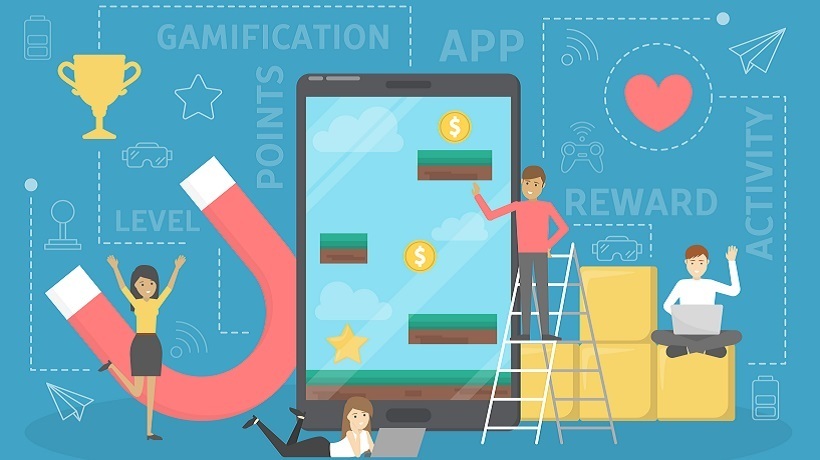Gamification Of eLearning Courses
Gamification has become an increasingly popular trend in the world of eLearning. By incorporating elements of play and game design into learning experiences, gamification has been shown to increase engagement and motivation, leading to better learning outcomes.
Benefits Of Gamification In eLearning
1. Increased Engagement
One of the most significant benefits of gamification is that it can increase student engagement in the learning process. eLearning can often feel monotonous and disconnected, leading to students feeling disengaged and disinterested in the material. However, when gamification is added to the mix, students are more likely to be actively engaged in the learning process. This is because they are given opportunities to interact with the material in fun and meaningful ways, that make learning feel less like a chore and more like an exciting adventure.
2. Improved Motivation
Another benefit of gamification is that it can improve motivation. Students who are motivated to learn are more likely to retain information. Additionally, they are more productive and engage in the learning process more deeply. Gamification often involves setting clear goals for students to work toward and providing rewards for their progress. This can increase students' motivation to engage themselves in the learning process, as they are able to see tangible results for their efforts. Also, gamification engages students in challenging and fun activities that help maintain their motivation over time. These activities can range from interactive games and simulations to team challenges and virtual scavenger hunts.
3. Better Learning Outcomes
Perhaps the most significant benefit of gamification is that it can lead to better learning outcomes. By making learning more engaging and motivating, students are more likely to retain information. They also tend to develop a deeper understanding of the material. In addition, gamification can also help students develop key skills, such as problem-solving, critical thinking, and collaboration, that are essential for success in the twenty-first century. Gamification often involves self-directed learning, which can help students develop a sense of ownership over their learning experience. This increased sense of control and autonomy can boost students' motivation to learn, as they are able to choose the learning activities that are most meaningful and relevant to them.
4. Increased Flexibility
Gamification also offers a level of flexibility that traditional eLearning methods often lack. With gamification, students can engage in learning activities at their own pace and on their own schedule. This means that they can learn at a pace that is comfortable for them and can revisit the material as often as needed. In addition, gamification often involves self-directed learning, which can help students to develop a sense of ownership over their learning experience.
5. Enhanced Collaboration
Gamification can also enhance collaboration in eLearning courses. Many gamification elements, such as multiplayer games, team challenges, and social media integration, allow students to work together and engage in collaborative learning activities. This not only makes the learning experience more enjoyable, but it also helps students to develop important social and communication skills that are critical for success in both their personal and professional lives.
6. Increased Accessibility
Finally, gamification can also increase accessibility in eLearning courses. By incorporating elements of play and game design into the learning experience, gamification can help make learning more accessible and inclusive. For example, students with learning disabilities or other barriers to traditional learning methods may find gamification to be a more accessible and engaging way to learn.
Conclusion
In conclusion, the benefits of incorporating gamification into eLearning courses are clear. From increased engagement and motivation to better learning outcomes and enhanced collaboration, gamification provides a valuable approach for educators and trainers looking to create dynamic, effective, and enjoyable learning experiences for their students. With gamification, eLearning can be transformed from a chore into a fun and engaging experience that students will look forward to and learn from.









